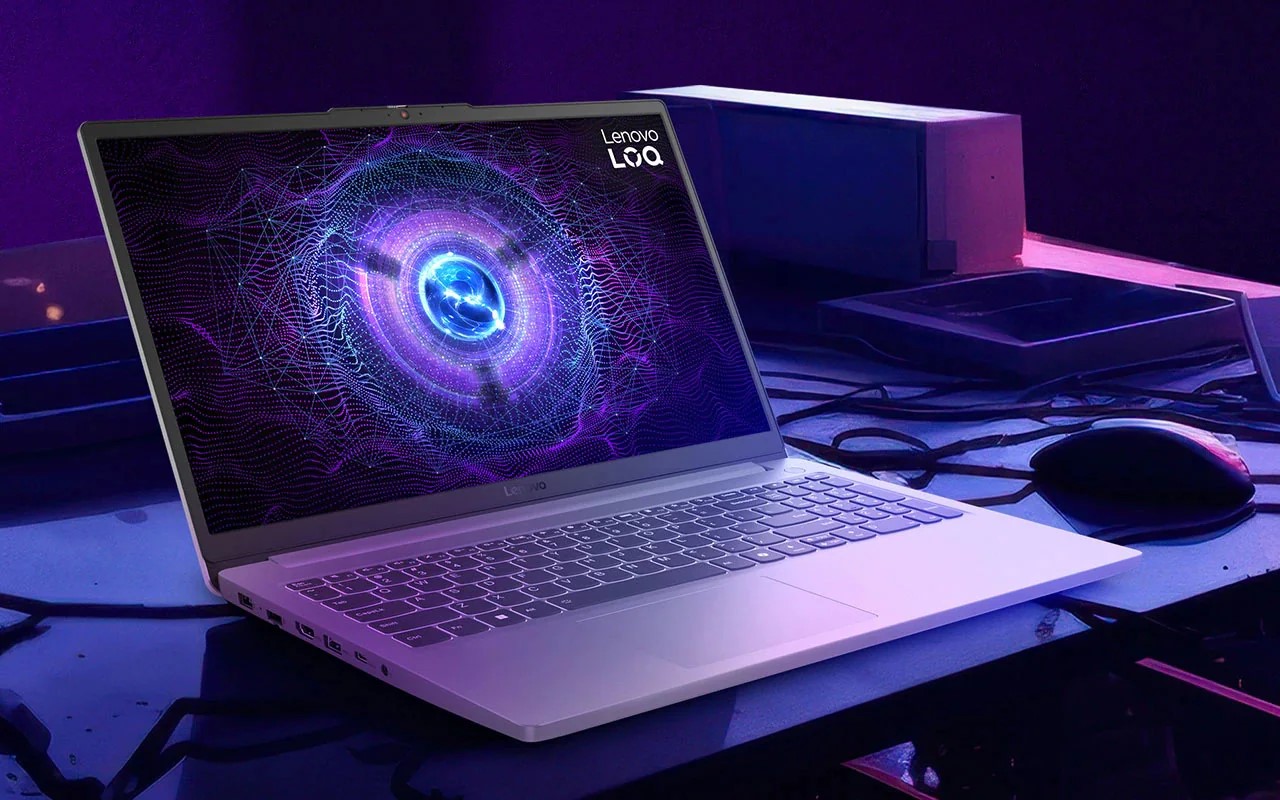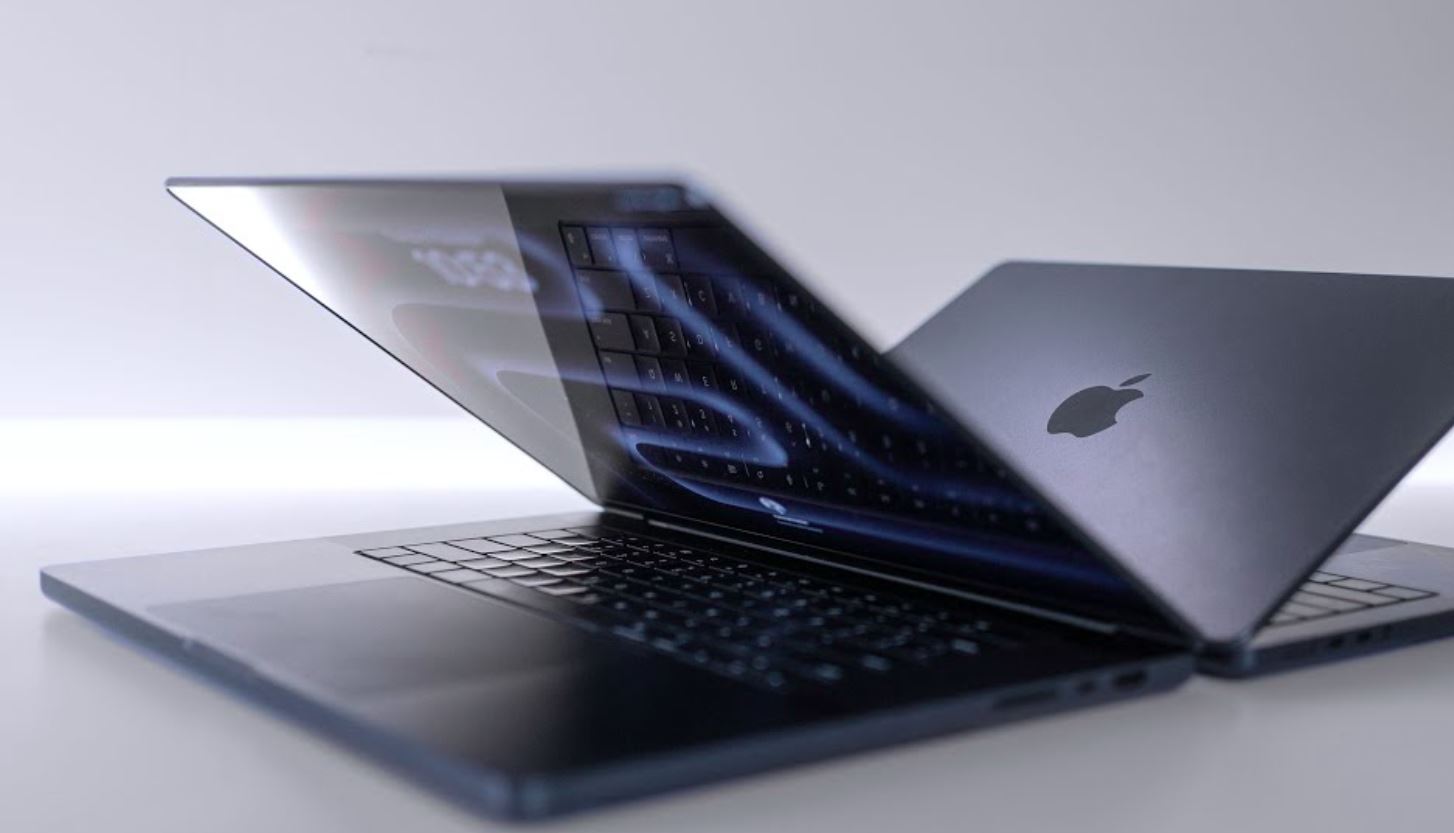- Gaming laptops are perfect for students today.
- When buying a gaming laptop, specifications like the CPU, GPU, storage, memory, and display configuration need to be researched thoroughly.
- The perfect laptop can be a tool that helps students study and relax at the same time.
College is always an interesting time in a student’s life, and the lines between studies and playtime are often blurred as students settle into the college routine. This is also why choosing the right machine as a college partner is important since modern gaming laptops are more than capable of doing both.
Although choosing the perfect laptop may seem like a daunting task, the team at WriteaPaperForMe has surveyed various students to identify what exactly students want in their gaming laptops.
Why it matters: A gaming laptop, like any other repurchase, is an investment, and nobody wants to regret an expensive purchase. Therefore, understanding the strengths and weaknesses of these machines is extremely important.
Why Students Need A Gaming Laptop

Modern programs like Unity, Blender, and Adobe’s Creative Cloud are more resource-intensive than ever. This is why a dedicated GPU and a solid CPU are basically mandatory for students.
While ray-tracing, AI upscaling, and node-based simulations rely on GPU horsepower, tasks like coding can make use of high-core-count CPUs found in gaming laptops. Similarly, design students can make use of high-refresh-rate panels to observe subtle cursor movements and pen strokes.
Group presentations are also made more fun when a crisp 500-nit display presents information in a clear and vivid manner. Simply put, gaming laptops make everything better in an academic setting and usually outperform traditional ultrabooks.
Specifications To Consider

In terms of specifications, Nvidia’s RTX 4060 or AMD’s RX 7700S should be suitable for most students. On the CPU side, an Intel Core i7-14650H or Ryzen 7 8845HS should cover needs like modeling, compiling, and more, thanks to their 8 cores.
16GB of memory is also a must, but 32GB of memory should be considered for future-proofing. Finally, a 1TB NVMe SSD should cover students’ storage needs without sacrificing speed.
Those looking for the best displays should check for 100% sRGB coverage panels with a 144Hz refresh rate.
Budget Picks Under $1200

The Acer Nitro 17 is a solid budget option in this price category. Equipped with an RTX 4050 and a 13th Gen Intel CPU, this model delivers impressive performance without breaking the bank.
Elsewhere, Lenovo’s LOQ 15 brings additional savings by shipping with just 8GB of RAM. However, thanks to its Ryzen 7 7840HS CPU, the laptop can be upgraded to unleash its full potential.
Those prioritizing the display should consider the ASUS TUF A16 Advantage Edition. This laptop features a 165Hz IPS panel with a 100% DCI-P3 color gamut, making it a unique laptop for its price point.
Mid-Range Options

The $1200 to $1800 price range opens up a lot more options for students, with the likes of the MSI Cyborg 15 and HP Omen 16 serving as the most common recommendations.
Both laptops can be equipped with an RTX 4060 or RTX 4070 at 140W for smooth gameplay. They also boast 16:10 QHD displays that can handle any design work that requires a color-accurate display.
On the other hand, the Razer Blade 14 ships with a Ryzen 9 8945HS and an RTX 4070, adding yet another interesting option into the mix.
Premium Machines For Creatives

Students don’t typically have a lot of money to spare, but those interested in uncompromised performance should consider laptops like the Alienware x16 R2, which combines the power of the Intel Core i9-14900HX and RTX 4090.
Similarly, Apple’s MacBook Pro 16 with M3 chips is a great option for video editing. A laptop like the ASUS ROG Zephyrus M16 brings a Mini-LED display into the mix, which can reach 1100 nits of brightness at 240Hz.
However, as said earlier, these flagship machines require a hefty investment, which may only be worth it for students who already work in related fields or make money through freelancing.
Portability vs. Performance
The choice between portability and performance ultimately comes down to preferences and living situations.
Those intending to spend a long time walking on campus and taking bus rides should opt for more compact machines. 14-inch or 15-inch laptops are great here since they don’t weigh nearly as much as the more powerful options.
On the other hand, on-campus residents may find bulkier laptops more acceptable. Although they offer worse battery life, the performance benefits and superior thermal management may be worth the trade-off for some students.
Final Thoughts
Because so many factors impact the final decision, it is wise to carefully research potential options when buying a gaming laptop. Making a checklist based on workloads like 3D rendering, code compilation, and more can make the process easier and allow for more structured research.
Factors like the CPU/GPU combination, battery life, display color accuracy, and refresh rate should be studied carefully while consulting said checklist.
Visiting student forums to gather feedback for specific models from owners themselves may not be a bad idea either. All of this research should be worth it in the end since the right laptop can make studying and gaming all the more fun.
Thank you! Please share your positive feedback. 🔋
How could we improve this post? Please Help us. 😔
[Senior News Reporter]
Avinash is currently pursuing a Business degree in Australia. For more than 5 years, he has been working as a gaming journalist, utilizing his writing skills and love for gaming to report on the latest updates in the industry. Avinash loves to play action games like Devil May Cry and has also been mentioned on highly regarded websites, such as IGN, GamesRadar, GameRant, Dualshockers, CBR, and Gamespot.


 Threads
Threads

